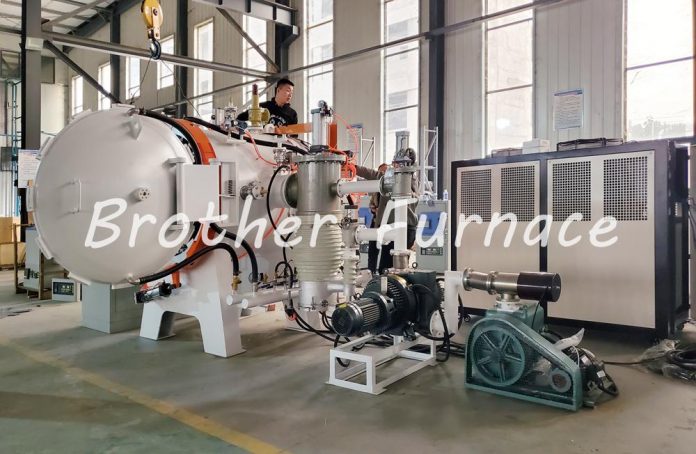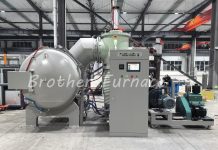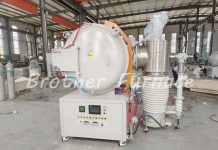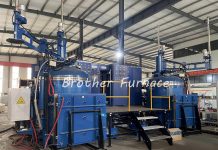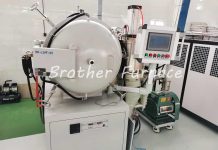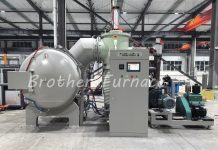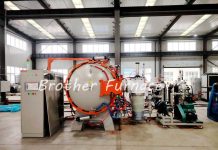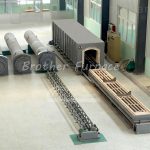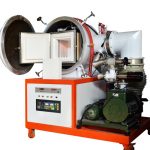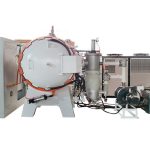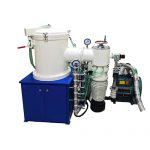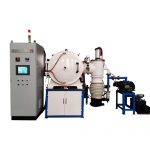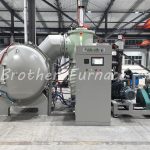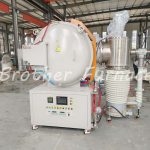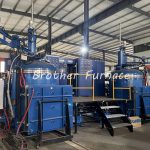As a professional vacuum furnace operator, it is essential to perform daily maintenance to ensure the smooth and efficient operation of the furnace. This not only prolongs the life of the equipment but also helps to maintain the quality and consistency of the end product.
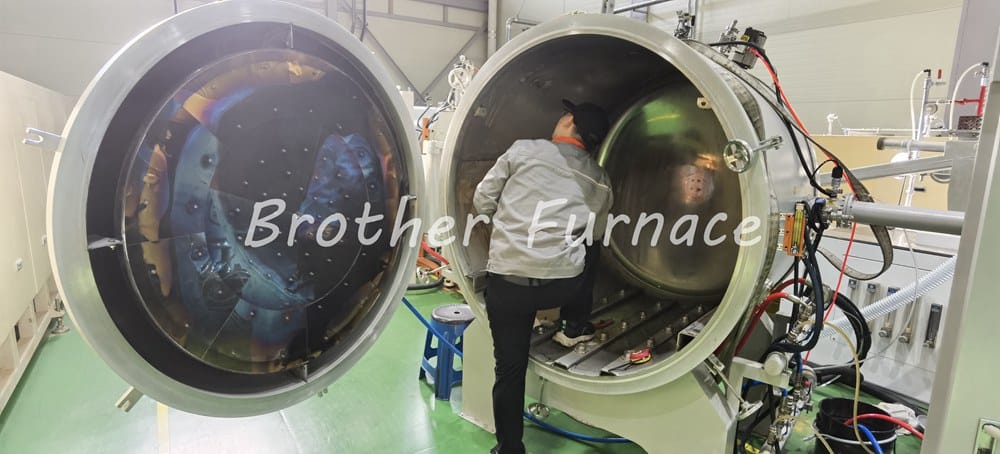
The key steps for daily maintenance of vacuum furnaces
1. Pre-Operation Inspection
Before starting the vacuum furnace, perform the following checks:
- Inspect the furnace chamber for any debris, dirt, or obstructions. Clean the chamber and remove any foreign material.
- Check the vacuum pump oil level, ensuring it is within the recommended range. Top off or replace the oil if necessary.
- Inspect the electrical connections and wiring for any signs of wear, damage, or loose connections. Repair or replace any damaged components.
- Examine the heating elements, thermocouples, and other sensors for any signs of damage or wear. Replace any damaged components.
- Ensure that the water-cooling system is functioning properly and that there are no leaks, blockages, or pressure issues.
2. Operation Monitoring
During the operation of the vacuum furnace, monitor the following parameters:
- Keep track of the vacuum level during the process. If the vacuum level is not within the specified range, investigate the cause and take appropriate corrective action.
- Monitor temperature and pressure readings, ensuring they remain within the specified operating range. Any deviations should be promptly addressed.
- Observe the furnace door seal for any signs of leakage or damage. Repair or replace the seal if necessary.
- Regularly check the water-cooling system for proper flow, temperature, and pressure.
3. Post-Operation Inspection
Once the vacuum furnace has completed its cycle, perform the following checks:
- Inspect the furnace chamber for any signs of damage, wear, or contamination. Clean the chamber as needed.
- Examine the heating elements, thermocouples, and other sensors for any signs of damage or wear. Replace any damaged components.
- Check the vacuum pump oil for any signs of contamination or degradation. Replace the oil if necessary.
- Ensure that the water-cooling system is functioning properly and that there are no leaks, blockages, or pressure issues.
4. Record Keeping
Maintain a daily log of the following information:
- Furnace operating parameters, including temperature, pressure, and vacuum level readings.
- Any maintenance performed, including component replacements, cleaning, or repairs.
- Any issues encountered during operation and the corrective actions taken.
5. Periodic Maintenance
In addition to daily maintenance, it is essential to schedule periodic maintenance tasks, such as:
- Performing a thorough inspection and cleaning of the vacuum pump, including the replacement of filters and seals.
- Inspecting and cleaning the water-cooling system and replacing any worn or damaged components.
- Calibrating temperature and pressure sensors to ensure accurate readings.
- Performing a thorough inspection of the furnace’s electrical system, including connections, wiring, and components.
By adhering to these daily maintenance steps and scheduling periodic maintenance tasks, you can ensure the reliable and efficient operation of your vacuum furnace, while also maximizing its service life and maintaining the quality of your end product.
Learn more about our vacuum furnaces :
- Vacuum Brazing Furnace
- Vacuum Furnace up to 1700℃
- Vacuum Induction Melting Furnace
- Graphite Vacuum Furnace up to 2200℃
- Vacuum Gas Quenching Furnace
- Vacuum Hot Press Furnace
Follow us on Facebook

